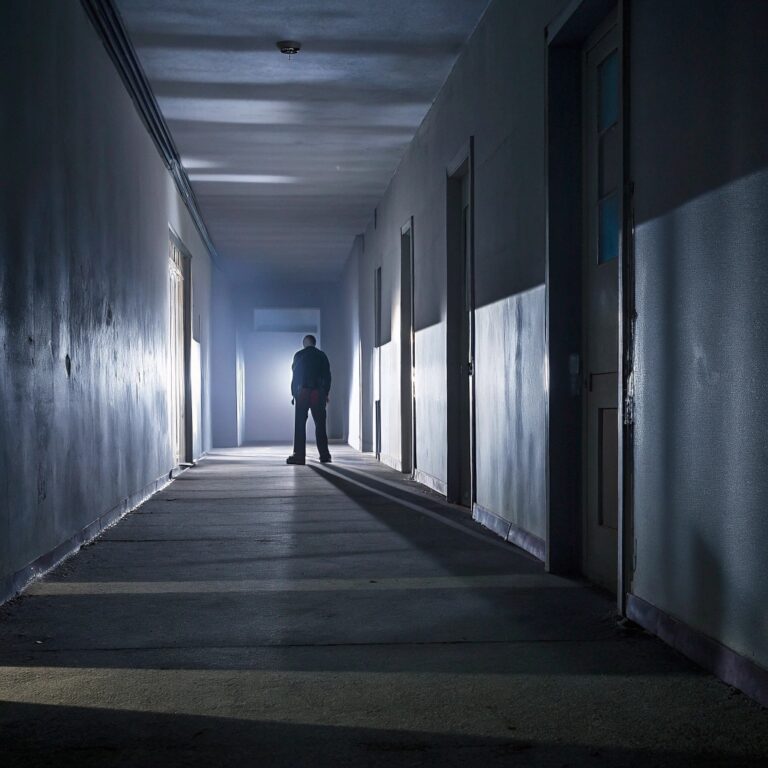
The mystery/thriller genre masterfully blends intrigue, tension, and high stakes, pulling readers into worlds where secrets unravel and danger looms at every corner. These stories thrust you into a whirlwind of puzzles, suspenseful chases, and mind-bending twists that keep hearts pounding and pages turning.
At its core, the mystery/thriller genre explores:
From unsolved riddles to nail-biting escapes, this genre captivates by plunging readers into labyrinths of deception and revelation. It thrives on suspense and surprise, delivering endings that shock, satisfy, or leave you questioning everything.
Writing a mystery or thriller means creating a story that hooks readers with suspense, puzzles, and heart-pounding tension. From devising clever twists to developing layered characters, each step builds toward a narrative that keeps readers guessing and breathless. Here’s a quick step-by-step guide to start your thriller journey:
Mystery and thriller novels have kept readers hooked with suspenseful plots and unforgettable characters for generations. Here are five standout classics that shaped the genre:
The Silence of the Lambs by Thomas Harris
Did you know? Harris based Hannibal Lecter’s character partly on a real-life doctor convicted of murder, adding eerie realism to the story.
And Then There Were None by Agatha Christie
Did you know? Christie mysteriously disappeared for 11 days in 1926, creating a real-life mystery rivaling her novels.
The Girl with the Dragon Tattoo by Stieg Larsson
Did you know? Larsson’s heroine broke stereotypes, sparking a global phenomenon in crime fiction. Larsson passed away before his books became famous — his dark thriller series achieved posthumous global success.
Gone Girl by Gillian Flynn
Did you know? Flynn’s novel sparked debates about the dark side of marriage and the unreliable narrator — leaving readers questioning every page.
The Girl on the Train by Paula Hawkins
Did you know? Hawkins was inspired by her daily commute, proving even routine moments can hide dangerous secrets.
Focuses on the step-by-step process of solving a crime, often through the eyes of law enforcement officers, using realistic methods and techniques.
Example: The Cuckoo’s Calling by Robert Galbraith.
Centers on the mental and emotional states of characters, exploring paranoia, unreliable narrators, and intense mind games
Example: Gone Girl by Gillian Flynn.
Features an amateur sleuth in a small, often charming community, with minimal violence or gore and a lighthearted tone.
Example: The No. 1 Ladies’ Detective Agency by Alexander McCall Smith.
Grim, gritty stories usually narrated by a tough, cynical private investigator who operates in a morally ambiguous world.
Example: The Big Sleep by Raymond Chandler.
Focuses on courtroom drama and the legal process, often involving lawyers battling to uncover the truth or prove innocence.
Example: Presumed Innocent by Scott Turow.


Ready to share your story?
Tell us what you need—we’ll help bring your book to life.
